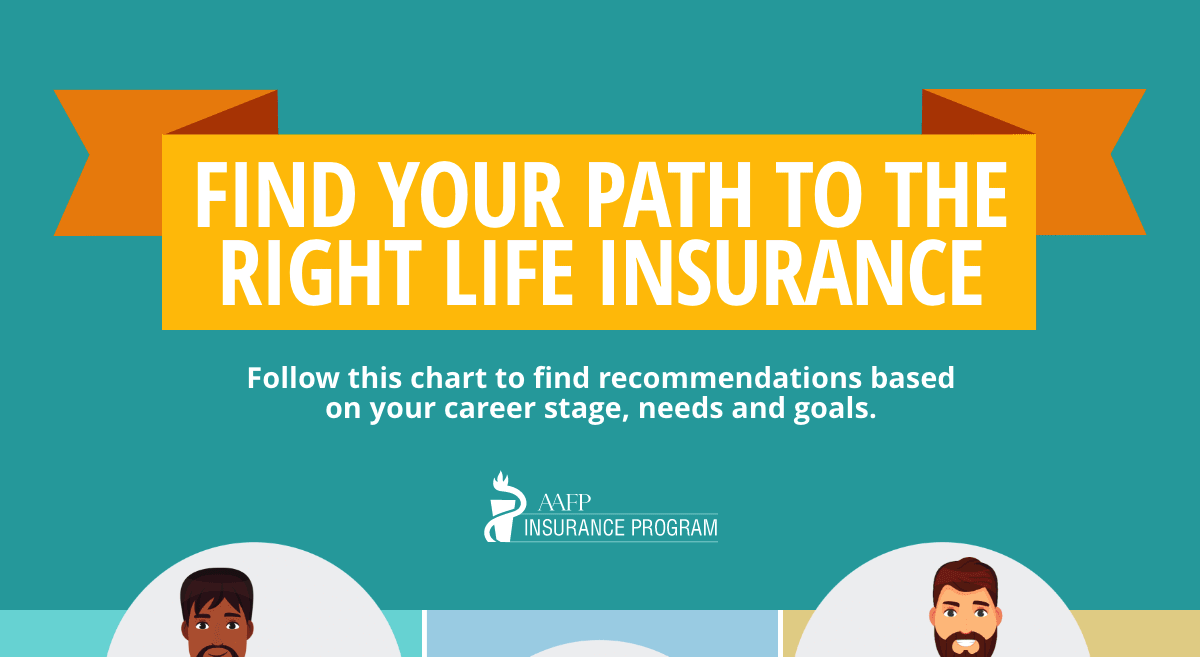In 2013, CNN reported that the number of physicians unloading their practices to hospitals had increased 30% to 40% in the last five years. The main reasons for this trend included: negative sentiments around filing insurance claims, collecting payments, increased administrative work and lower reimbursements.
However, there are findings that show private practice isn’t dead yet. In fact, it may actually be making a comeback as physicians become more entrepreneurial and prove the profitability of their practices. If you’re a family physician considering private practice, remember that this is a decision that shouldn’t be taken lightly. Before you take the big leap, here’s what you need to know about moving to your own practice successfully.
1. Don’t be afraid to ask for help
Opening your solo practice doesn’t have to mean you have to do it alone. Talk to your colleagues and other family physicians who have made a similar career choice. They can offer some insights on the best way to get started, how to manage your finances and where to look for deals on office furniture and supplies. You will also get a better sense of the kind of business model you want to adopt (concierge, direct primary care, healthcare system partnership, etc.).
You should also consider reaching out to physician specific consulting firms or support systems to get advice and guidance as you transition to an independent practice.
2. Calculate startup costs
Before you even consider leaving your current place of employment, you will need to start planning your financial strategy at least a year before your exit. Initial startup costs will vary based on practice model, location, renovations and other practice essentials, but generally you’ll need to invest at least $100,000.
By calculating the costs ahead of time, you’ll avoid rookie mistakes that could leave you in financial straits, lowering your practice’s profitability before you even see your first patient. Costs that you will need to consider include: office space, staff salaries, office and medical supplies, furniture, and insurance (for your staff and your practice). This will help assess how much debt you can handle before you turn a profit.
Most importantly, you will need to consider where you’ll get funds. While dipping into your savings account isn’t the most popular route, it may be necessary to get your business off the ground. You should also think about getting a second job or a bank loan to cover the costs.
3. Learn the legal lingo
Physicians aren’t known for their business acumen which could prove fatal to their ability to practice medicine or retain patients after transitioning to private practice. If you’re exiting an employed position, find any paperwork, agreements or contracts you signed when you first started. Look closely for non-compete clauses and any language that would make it difficult for you to practice in the same area as your former employer. These clauses also mean you won’t be able to treat your current patients at your new practice, leaving you with an empty doctor’s office for an unpredictable amount of time.
Consider hiring a lawyer to help protect you from legal missteps. Their advice and guidance can cost anywhere from $50 – $1,000 an hour or more, but it may be worth it if it gets you closer to managing your practice on your own terms.
4. Hiring your staff
When you run your own practice, you take on the additional role of human resources which means you will be in charge of hiring your team. This will take a significant amount of your time as you will be solely responsible for interviewing each employee and researching potential partnerships.
It’s no secret that finding the right staff can be a daunting task. Start with the low-hanging fruit such as former colleagues or classmates you personally know and trust. Having a highly skilled, competent team at the beginning of your new venture will help make the transition smoother and much less stressful than if you were to hire less experienced staff. Remember, you are entrusting these people with patient records, billing and customer service.
5. Take care of insurance early
In your private practice, you will need to determine which types of medical insurance you will accept. But don’t wait until the last minute to set this up. Start the paperwork at least six months before you begin accepting patients. If you wait too long, it will be a while until you see any money.
Family physicians making the transition can also choose not to accept any form of insurance. Bear in mind that if you do not have an insurance contract, your practice will be considered out-of-network, leaving your patients to pay increased insurance costs. This is actually a common aspect in concierge medicine based practices who don’t accept insurance, but charge a monthly fee or retainer for services.
Owning your own medical practice is more than just being your boss and making your own rules. It’s also about becoming a responsible business owner. You will be able to closely monitor every aspect of your practice, learn what works and what doesn’t, and really hone your business skills. There are also a few additional benefits to going independent such as:
- Simplifying your business model
- Reducing patient volume
- Spending more time with patients
- Less stress
- Overall increased job satisfaction
Tell Us: If you transitioned to private/independent practice, what advice would you give to those considering the move?
Photo Credit: Shutterstock




